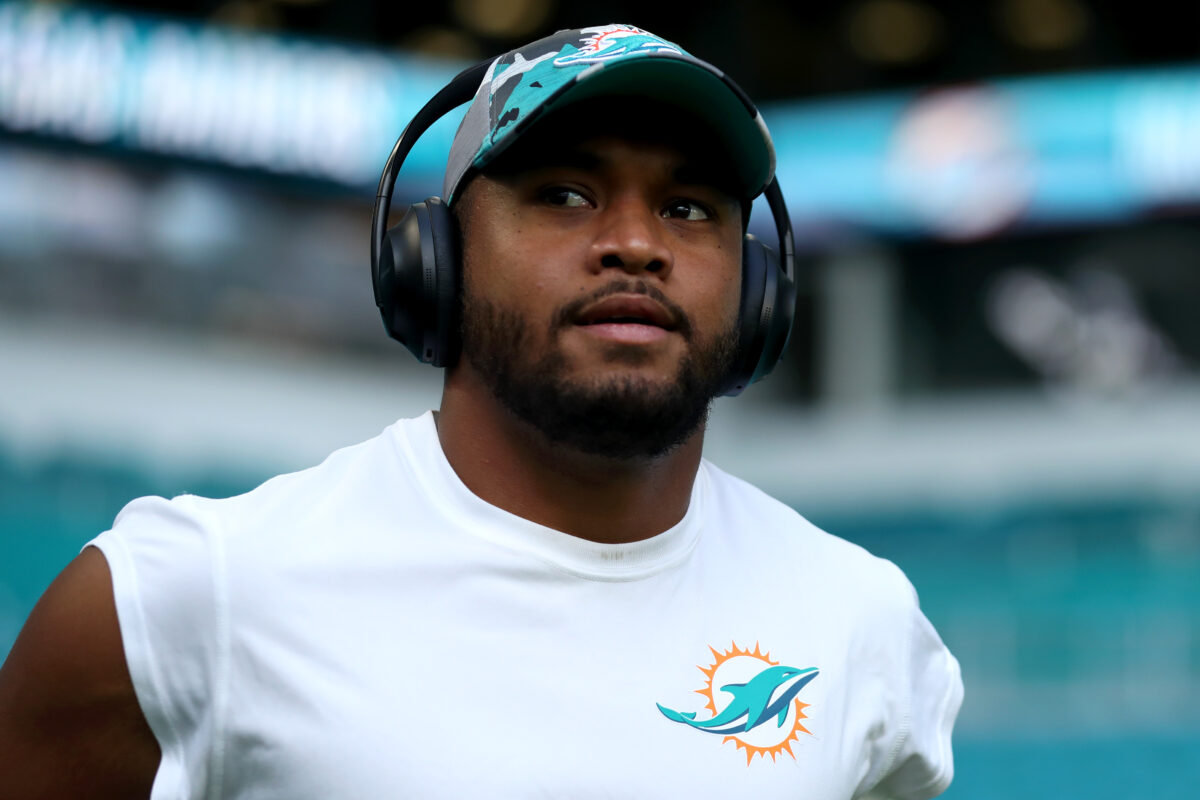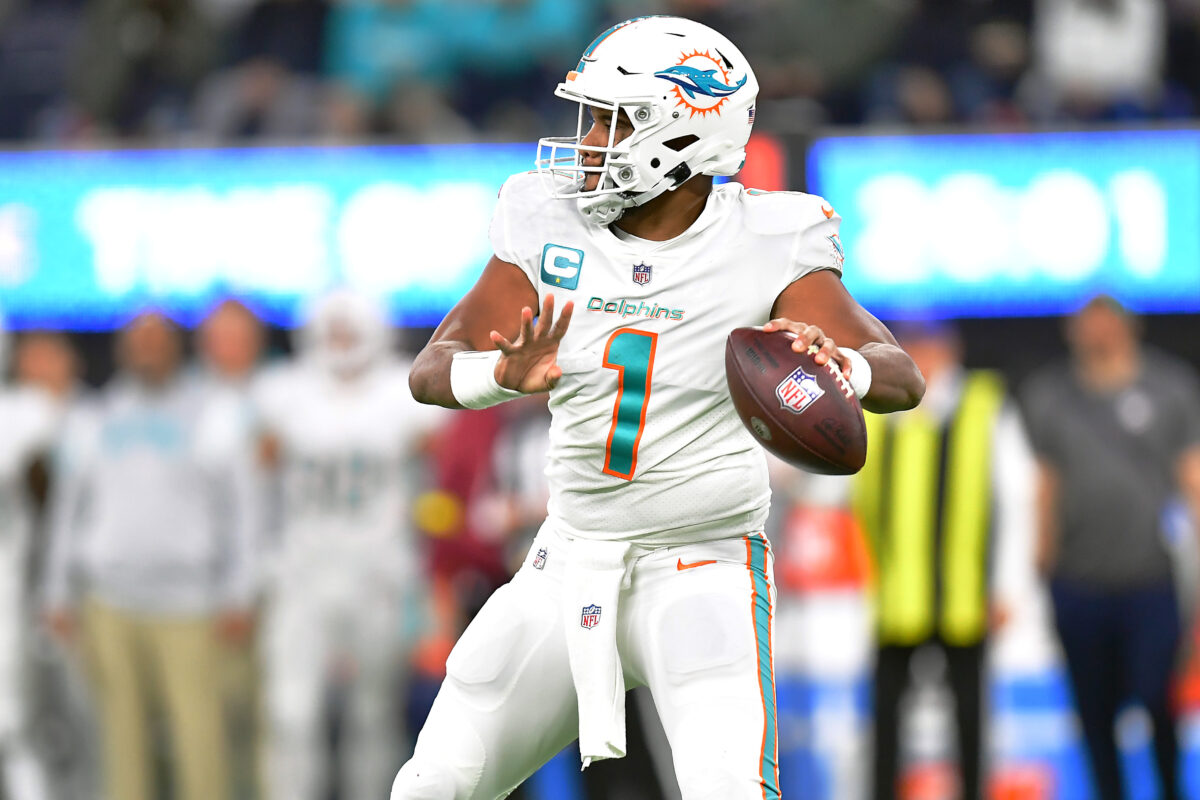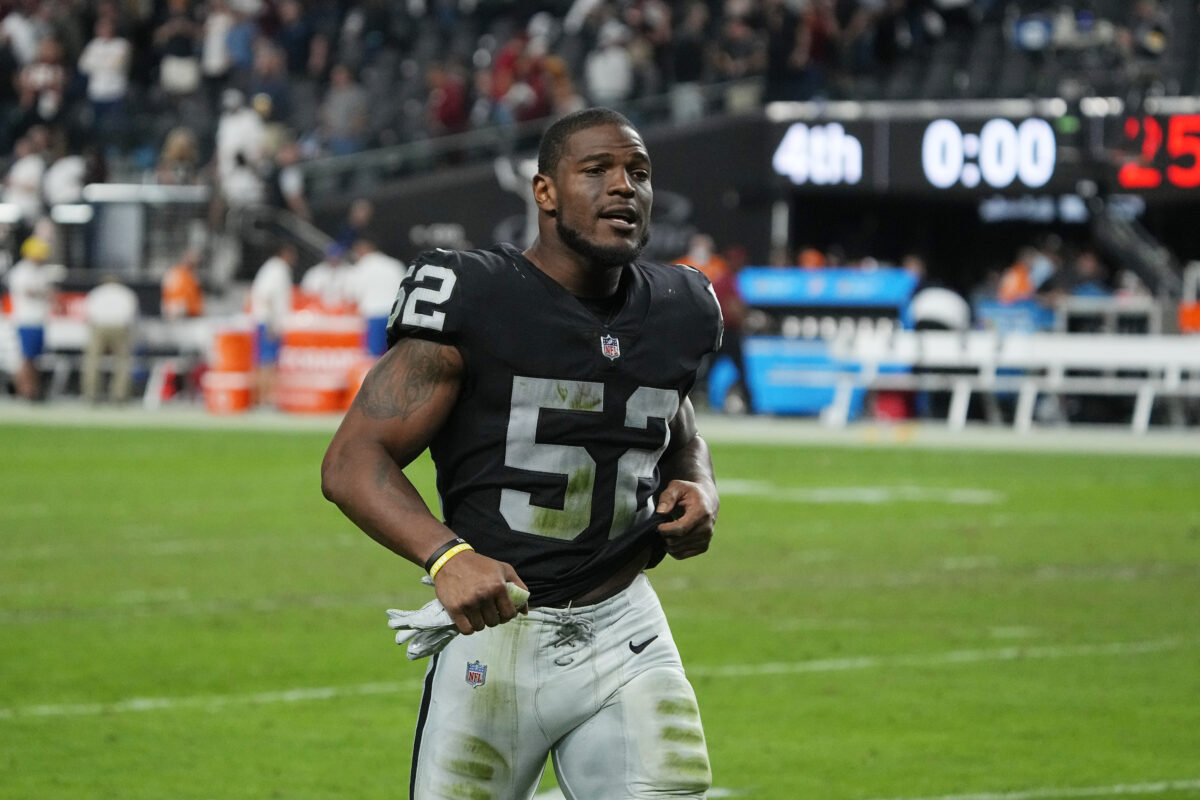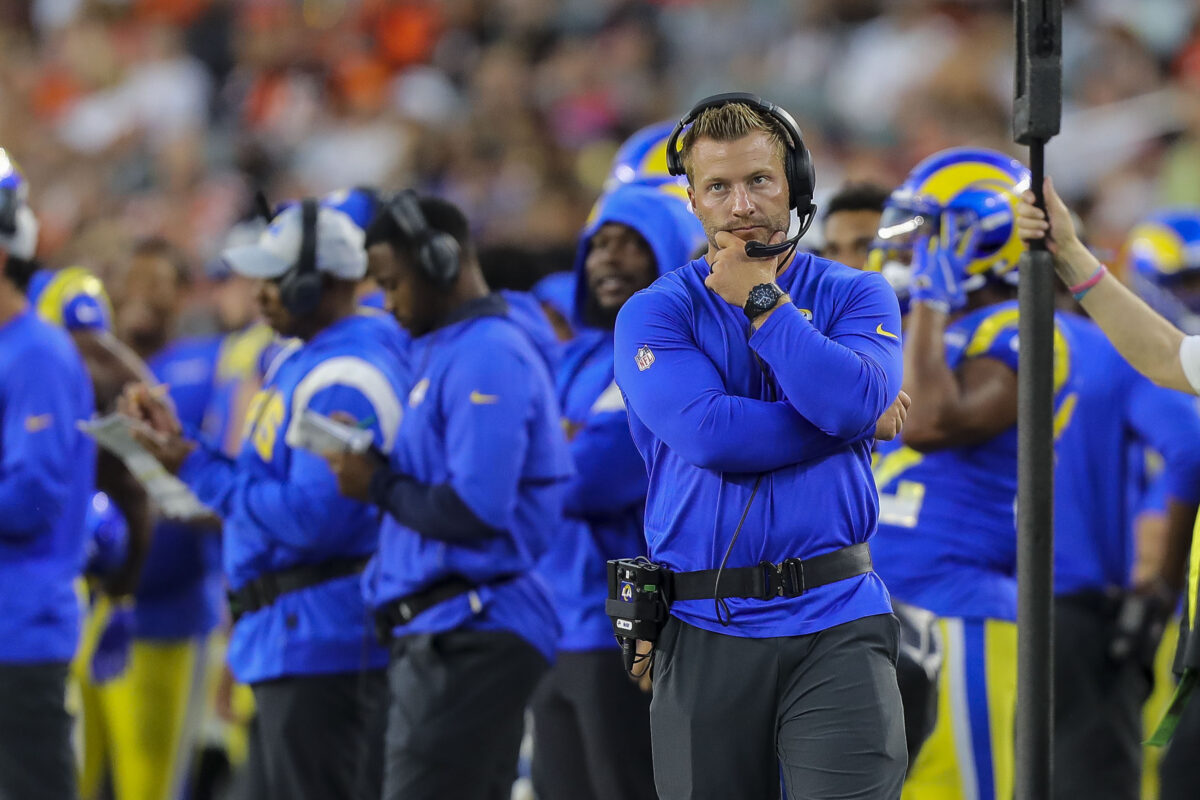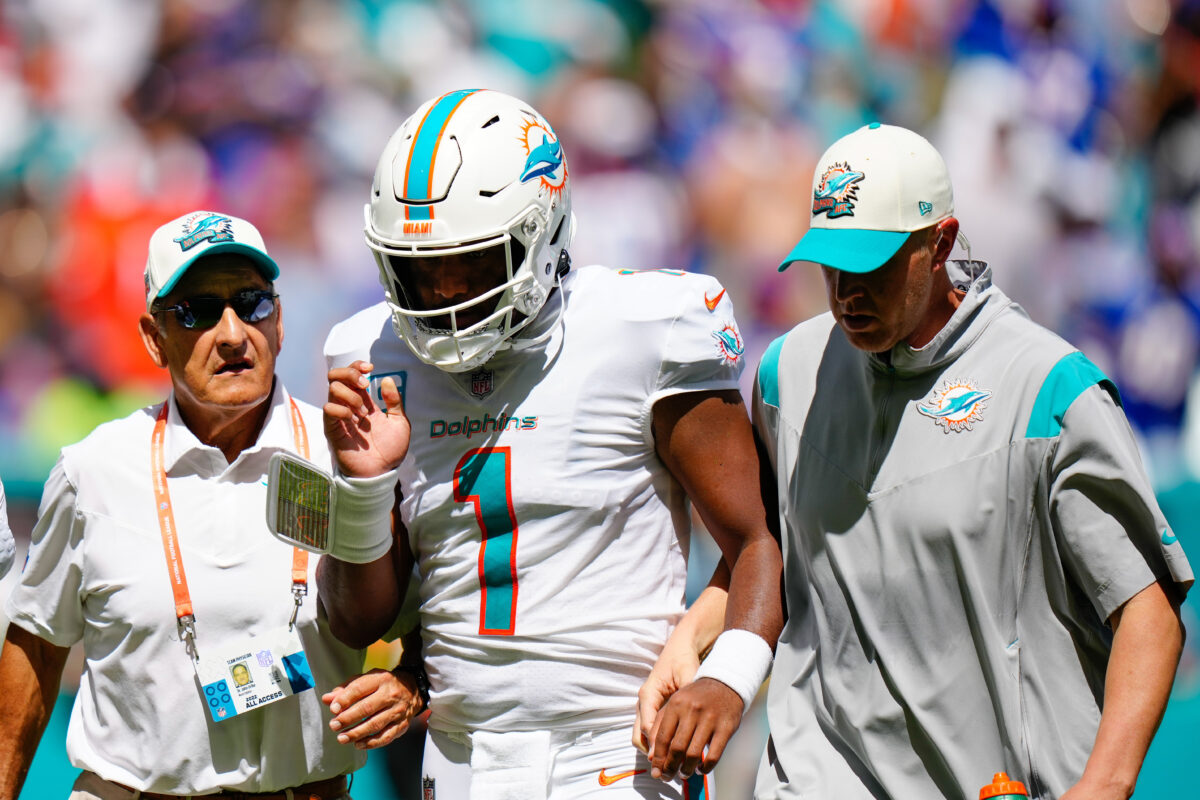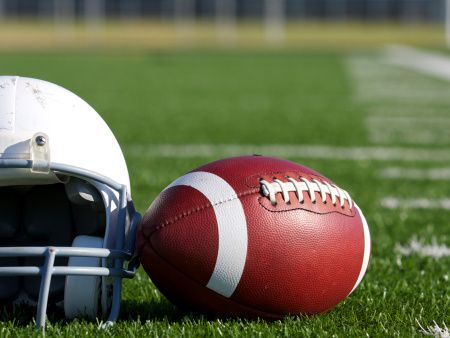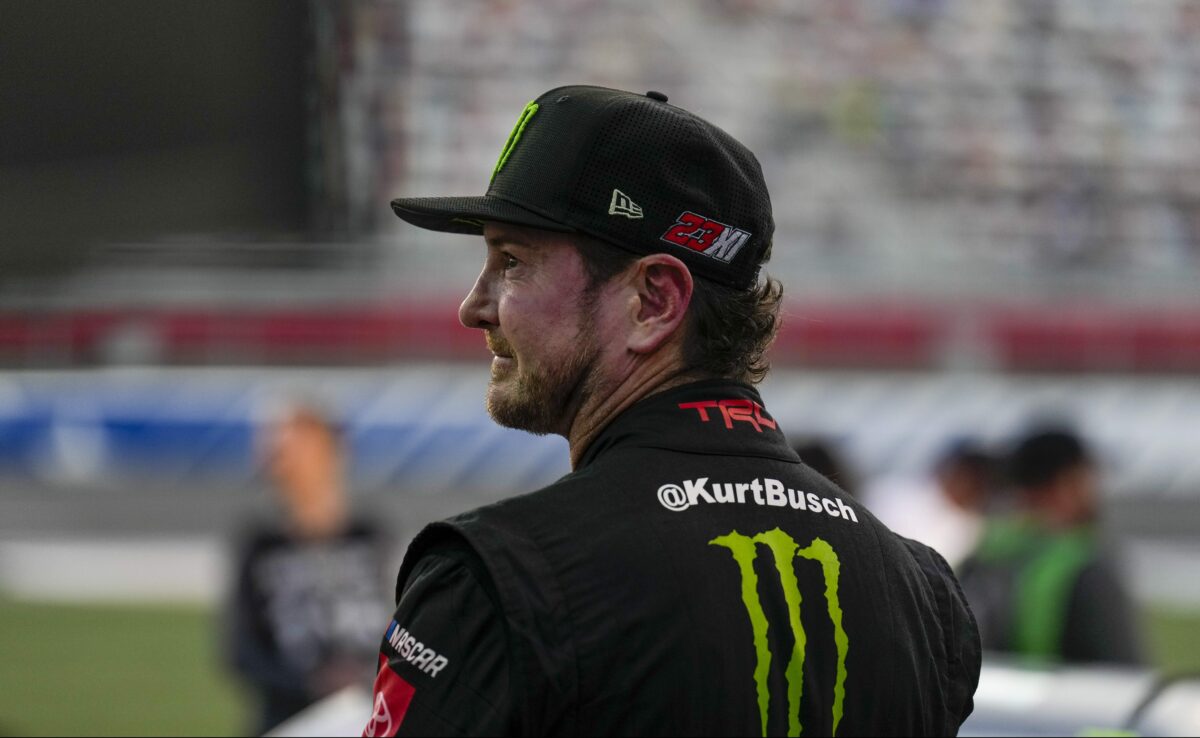Kurt Busch won’t race again this weekend, and his continued absence from NASCAR events he surely dreads missing is proof of seismic, important change: Drivers are starting to understand the importance of taking care of their brains.
More and more, they seem to be prioritizing their health and safety, as the sport sheds the misconception that injuries equate to weakness and recognizes the serious implications that come with concussions and head injuries.
There’s no doubt Busch would do anything to be behind the wheel of his No. 45 23XI Racing Toyota this weekend at Richmond Raceway. The same was likely true for the last three races he’s missed at Pocono Raceway, Indianapolis Motor Speedway and Michigan International Speedway.
But Busch is set to miss his fourth consecutive NASCAR race, and the reason behind it, though obviously unfortunate, should be applauded.
During a qualifying round at Pocono in late July, Busch spun and crashed hard, smacking the wall and wrecking his car. Though he was able to exit the car on his own, he was not cleared to compete after multiple evaluations in the infield care center. Busch said he was experiencing “concussion-like symptoms” after the wreck and has been unable to return to the track since.
In Busch’s latest statement on Twitter about missing his fourth straight race, he said:
“Brain injury recovery doesn’t always take a linear path. I’ve been feeling well in my recovery, but this week I pushed to get my heart rate and body in a race simulation type environment, and it’s clear I’m not ready to be back in the race car.”
Good for him.
This is obviously a difficult and perhaps painful path for 44-year-old Busch, but all the more reason he, NASCAR and his doctors should be commended for taking brain health and concussion symptoms seriously. He’s not hiding his symptoms and prioritizing his health over his race car and position in the point standings.
The response from Busch — along with NASCAR and his team, 23XI Racing, which is co-owned by Michael Jordan and Denny Hamlin — is the latest example of what appears to be a (relatively recent) shift in the sport toward valuing athletes’ health over the need to be competitive above all else. In this instance, Busch is setting a strong example, especially at a time when his precarious playoff spot could be in jeopardy if there are more than 16 different regular-season race winners this season (there are currently 15).
It resembles what we’re seeing in other sports, particularly in football with the rise of chronic traumatic encephalopathy, or CTE, and increased knowledge about head injuries and their subsequently longterm effects, which potentially can be fatal. More and more athletes are aware of their brain health and taking precautions to keep themselves safe.
It’s encouraging to see NASCAR and its athletes embrace that mentality shift, but it wasn’t always the case.
Not that long ago, drivers would conceal their injuries or concussion symptoms for the sake of their jobs, further endangering themselves and their competitors. They feared being viewed as weak or damaged, they worried their teams or potential future teams would hold it against them, they didn’t know where to turn for help and they anticipated forever being attached to a longterm stigma about head injuries.
Dale Earnhardt Jr. — NASCAR’s loudest concussion health awareness advocate who pledged to donate his brain to science — noted all that in his 2018 book, Racing to the Finish. He acknowledged hiding his own concussion symptoms, especially early in his career, and detailed why that was a mistake. He knew how people spoke about others in the garage, how they wondered if a driver was permanently affected after a bad accident or head injury.
The Hall of Famer explained that if a driver was in a wreck, evaluated by the infield care center and cleared, most interpreted that as the driver being OK both physically and mentally. He wrote:
“Those infield checkups were the same as they’d basically always been: pretty simple. Everyone has fibbed to their doctor from time to time during a routine physical, right? He says, “How have you been feeling?” and we say, “Oh, I’m fine,” just to get out of there and go home. Racecar drivers didn’t just do that from time to time. They did that all the time. Most probably still do. Why? I said it to those reporters in 2002 and it’s still true: I didn’t want to tell anyone how bad I’d felt until after I got better and I started running better because I didn’t want anyone to think I was broken, that I was messed up.”
Earnhardt explained he’d be shaken up or possibly concussed after a bad wreck Sunday, feel better by Thursday and get back behind the wheel the following weekend, opening himself up to further injuries. He didn’t want to miss a race or alter people’s perceptions of him, so he kept going, sometimes when he shouldn’t have.
Of course, some NASCAR drivers have been in Busch’s position in the past and missed races because of head injuries. Back in 1997, Ricky Craven suffered a concussion during a wreck and missed a handful of races as his symptoms worsened.
During Earnhardt’s full-time NASCAR career, he was sidelined more than once with concussion-related symptoms — most recently when he missed the second half of 2016 before returning in 2017 and then retiring at the end of season. Tragically, he estimates he’s had between 20 and 25 concussions throughout his career, but he’s spun his experiences into awareness advocacy that’s almost certainly having an impact on the NASCAR garage.
So while this is not a new topic in the sometimes-violent sport, it certainly seems like head injuries are being taken far more seriously now by both NASCAR and its athletes. In 2017, NASCAR expanded its concussion protocol, emphasizing awareness for symptoms of head injuries.
NASCAR’s medical team provides neurological support and evaluations for the other physicians in the infield care centers, where drivers must go to be cleared after serious on-track incidents. If a driver isn’t cleared, they’re further evaluated, like in Busch’s case. And if they ultimately aren’t cleared by neuro specialists at the track, like Busch, the driver then must get medical clearance to return to competitions from an approved, board-certified neurologist, neurosurgeon or neuropsychologist with at least five years of experience treating sports-related injuries.
Unfortunately for Busch, that hasn’t happened yet, but he’s doing everything in his power to ensure a safe return to competition. The 2004 NASCAR Cup champ been granted a medical waiver to keep him eligible for the 10-race playoffs this fall — though whether or not he’ll make it could depend on the number of regular-season winners, in addition to his health.
Of course, it’s never a positive when an athlete suffers a head injury, and surely everyone, including his competitors, hopes he recovers quickly.
But instead of fighting or concealing it, Busch has been transparent about his situation, and hopefully that inspires other NASCAR drivers, should they find themselves in a similarly unfortunate position, to follow his example, choosing to value their brains over racing.
[mm-video type=video id=01fyf3qpgzmae94vn46y playlist_id=none player_id=01evcfkb10bw5a3nky image=https://images2.minutemediacdn.com/image/upload/video/thumbnail/mmplus/01fyf3qpgzmae94vn46y/01fyf3qpgzmae94vn46y-22724940da514144d4fed8552719b29c.jpg]
[listicle id=1943329]
[vertical-gallery id=1947147]
